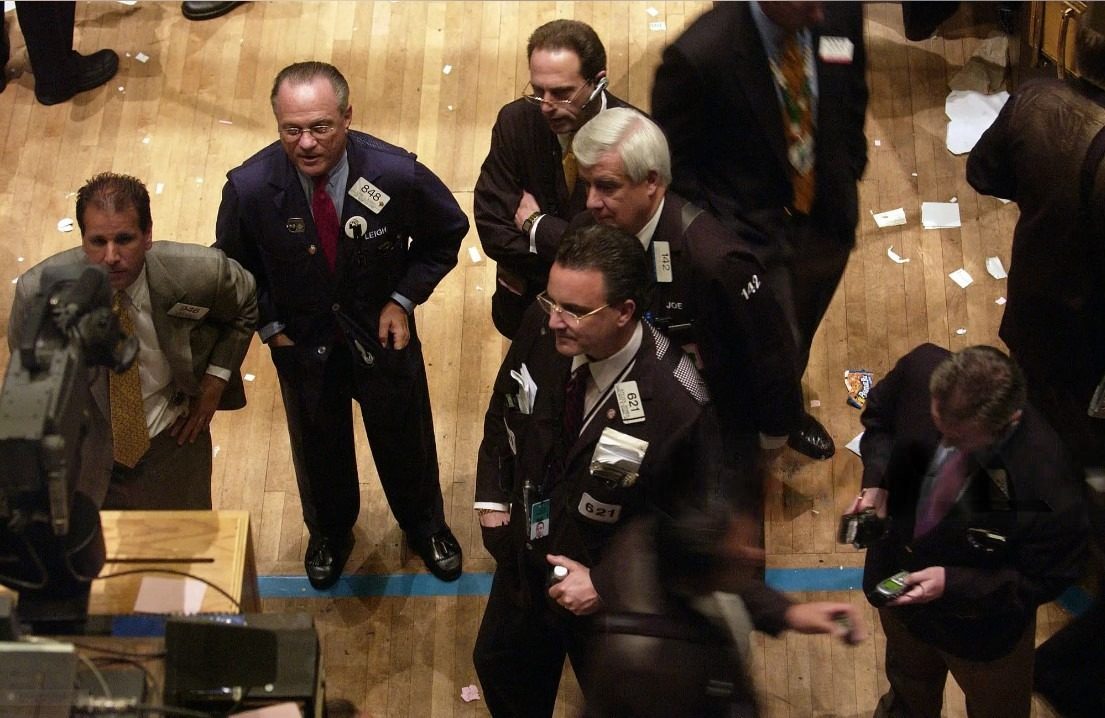Imagine you are at a supermarket, ready to pay for your groceries and go. You evaluate the available checkout counters and quickly decide on one of them. Multiple factors may have motivated your decision: the length of the line, the cashier’s attitude, or the number of groceries the customer in front of you is buying. Our minds are constantly calculating, even if we are not cognizant of it. Decision-making gets more complicated when you add another variable: biases.
Now apply this scenario to the investing world: You are evaluating different asset options for your portfolio. There are numerous elements to consider – price, historical performance, intrinsic value, information about the company and its financial position (like its balance sheet or size), and time horizon. All of these and more may factor into your final decision.
Behavioral finance is the study of the psychology that influences investor decisions. What information do you choose to help guide your investments? Do you have rules in place to hedge against feelings or unfounded beliefs? Whether we are aware of it or not, we all have biases that affect our decision-making, and becoming aware of them can help us to make better decisions.
Even Warren Buffett, one of the most well-known and accomplished investors of all time, is aware of his investment predispositions. He knows he needs people to present different perspectives to him; otherwise, he becomes locked in his own worldview. That’s why he has invited vocal critics to Berkshire Hathaway’s annual meetings: so he can check himself against his own biases.



